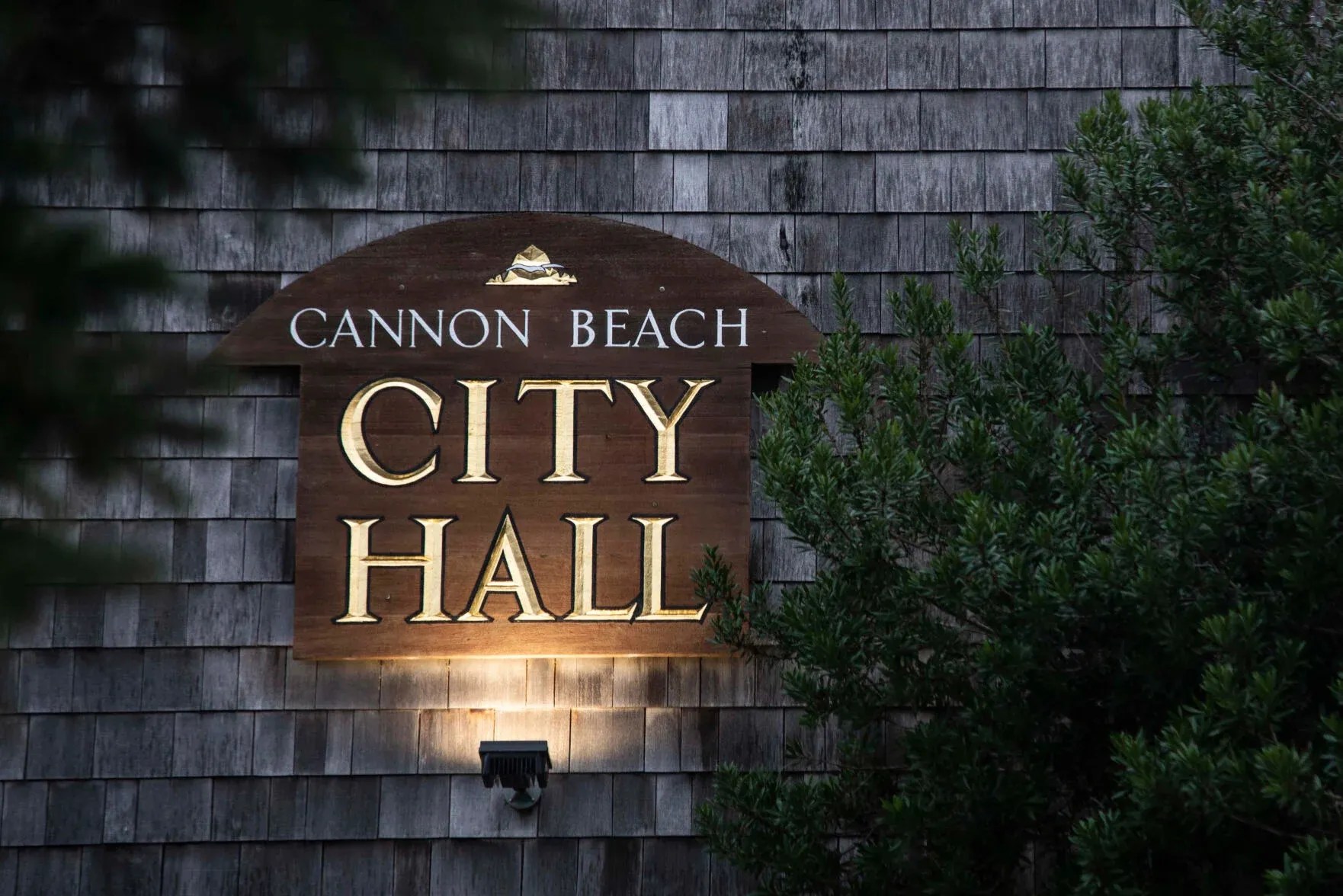Jet hits elk
Published 4:00 pm Monday, December 2, 2002
Four escape injury after plane crashes and burnsWARRENTON – Four men escaped unhurt when their twin-engined jet struck an elk and caught fire during takeoff at the Astoria Regional Airport early this morning.
The pilot of the LearJet 36 was able to bring the plane to a stop in a marshy patch just off the end of the runway, and all four occupants climbed out of the aircraft before it was destroyed by fire.
Crews from the U.S. Coast Guard’s Air Station Astoria and Warrenton Fire Department responded and extinguished the fire, which burned up most of the front of the plane’s fuselage.
The jet was taking off eastbound at about 6:15 a.m. on the airport’s Runway 8 and was just approaching takeoff speed, close to 140 mph, when it apparently struck an elk that wandered onto the runway.
LORI ASSA – The Daily Astorian
The front end of the twin-engine jet suffered most of the fire damage.The crew believes a piece of the animal was apparently drawn into the left engine, causing it to catch fire. The pilot was able to keep control of the plane and bring it to a stop about 100 feet off the end of the runway.
“The pilot kept it down the center of the runway and slowed it down,” said Jeff Kuzy, one of the passengers. He and the plane’s other three occupants enjoyed breakfast at the Runway Cafe – on the house – this morning following the mishap .
The crew checked the runway before beginning takeoff, said another passenger, Rick Ihaksi of Victoria, British Columbia. He was sitting in the passenger section of the aircraft, but doesn’t believe the elk was visible in the predawn darkness until the plane struck it.
The engine was still on fire when the four exited the plane, he said. None of the four men on board suffered any injuries.
The remains of the elk sat on the runway this morning as police, Coast Guard and port personnel secured the scene. Officials from the Federal Aviation Administration were due at the airport to conduct an investigation, according to airport manager Ron Larsen. The airport was closed in the aftermath of the crash, but one of the other runways was expected to be opened later this morning.
The plane is owned by Phoenix Air, a private air charter company headquartered in Cartersville, Ga. It was on a support mission for the Canadian Navy, according to Ihaksi.
Phoenix Air vice president Dent Thompson said he couldn’t provide any more details about the plane’s mission beyond the fact that it was providing support services for the Canadian military. The aircraft was on a routine, so-called “vanilla” flight and carried no hazardous or classified materials, he said.
The company provides services to all branches of the U.S. military, as well as Canada and NATO, Thompson said. “Phoenix Air is a contractor to a lot of different militaries around the world.”
In civilian form the planes have room for two pilots and six passengers. The plane involved in today’s accident was converted to hold additional cargo.
“The crew is highly trained, and they averted a much worse problem by putting their training into gear,” Thompson said.
John Overholser, operator of the Runway Cafe, heard a loud bang as the LearJet accelerated down the runway. When he didn’t hear the plane airborne, he drove to the end of the runway to investigate. After seeing the crew members out of the plane and apparently unhurt, he called 9-1-1 and then moved away from the scene.
“I didn’t want to stay around with 660 gallons of jet fuel on board,” he said.
Mike Holtsclah, helicopter pilot for the Columbia River Bar Pilots, was at the pilots’ crew quarters when he heard the collision.
“From my vantage point there was a large boom, and a trail of fire – I knew something was definitely wrong,” he said. Flames extended as much as 1,000 feet behind the aircraft as it continued to roll down the runway, he said.
Holtsclah took off in the bar pilots’ helicopter and hovered over the crash site, illuminating the area with a spotlight for the emergency vehicles that arrived on the scene.
“The pilots on the aircraft did an exceptional job” bringing the plane to a stop after the collision, he said.
The Port of Astoria, the airport’s operator, had a 10-foot fence installed around most of the perimeter the facility last year. It is currently seeking permits from the U.S. Army Corps of Engineers to allow for work in wetlands to complete the remaining section of the fence.
“The second portion is scheduled for next summer – if not sooner,” Larsen said.





